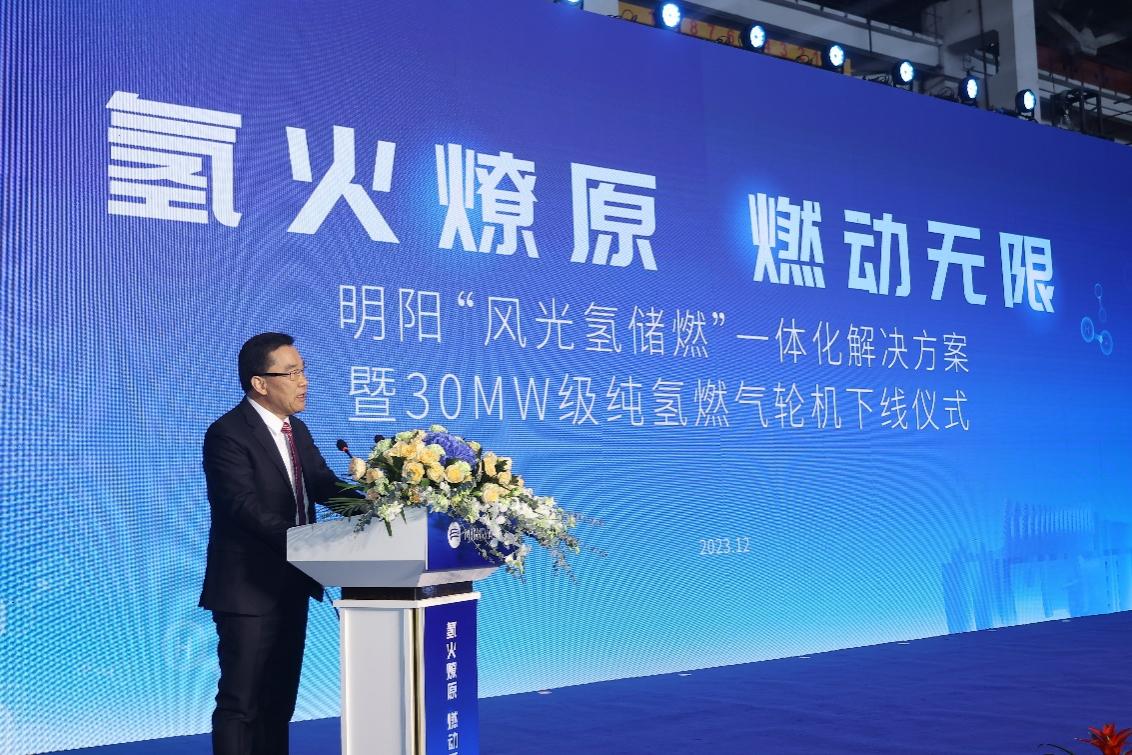@爱若丰狂SOYO历 attended the 2025 Turbine Expo at Ningbo earlier today. Apparently, the expo prohibits any sorts of photo and video media inside the venue to be shared outside.
Here are some of the key points from the expo presentation which are relevant to this thread:
4. CSSC 703rd Institute’s independently developed gas turbine system primarily targets “marine and industrial gas turbines.” During the presentation, the speaker made a clear distinction between “marine and industrial gas turbines” (船舶及工业燃机) and “heavy-duty industrial gas turbines” (重型工业燃机), implying a clear message where the CGT series currently lacks dedicated industrial gas turbines, let alone heavy-duty ones.
5. At least so far, the development path of the CGT series has been one of synergy between ship-based and industrial-based applications. The two fields mutually benefit from each other by incorporating advanced experience and design improvements gained through testing and real-world use, indicating that marine and industrial engines share the same lineage and core technology.
6. The overhaul life of the GT25000 engine is now roughly equivalent to that of the LM2500, with both engines reaching around the 30000-hour level.
7. The CGT30 has nearly caught up with the performance of the LM2500+G4, at least under ISO* conditions (almost 37MW), where it is extremely close in performance metrics.
8. It seems the design phase for the 50 MW-class gas turbine may have already concluded (though this part wasn’t clearly heard), but the appearance of the first prototype still needs some waiting. This could indirectly indicate that CSSC now possesses the capability to independently design and manufacture various advanced hot-section components, including an entirely new generation of engine core.
9. Currently, is the 703th Institute shifting focus towards developing advanced small-to-medium power gas turbines? This was mentioned during the presentation. However, this has long been a strong area for the aviation engine sector - AVIC - Which already has advanced turboshaft and turboprop engines such as the AES100, AEP400/500, covering the 1–6 MW range. In the 7–16 MW range, there are already relatively mature models like the QC70, AGT10, and QC185. Although AVIC’s pace in promoting aero-derivative gas turbines and their market application has not been particularly fast, now the CSSC is attempting to enter what has traditionally been AVIC’s domain. I remain skeptical about this shift.
(*ISO conditions = 15°C temperature, sea level atmospheric pressure, 0% relative humidity, no inlet/exhaust loses.)
View attachment 152985 View attachment 152986















